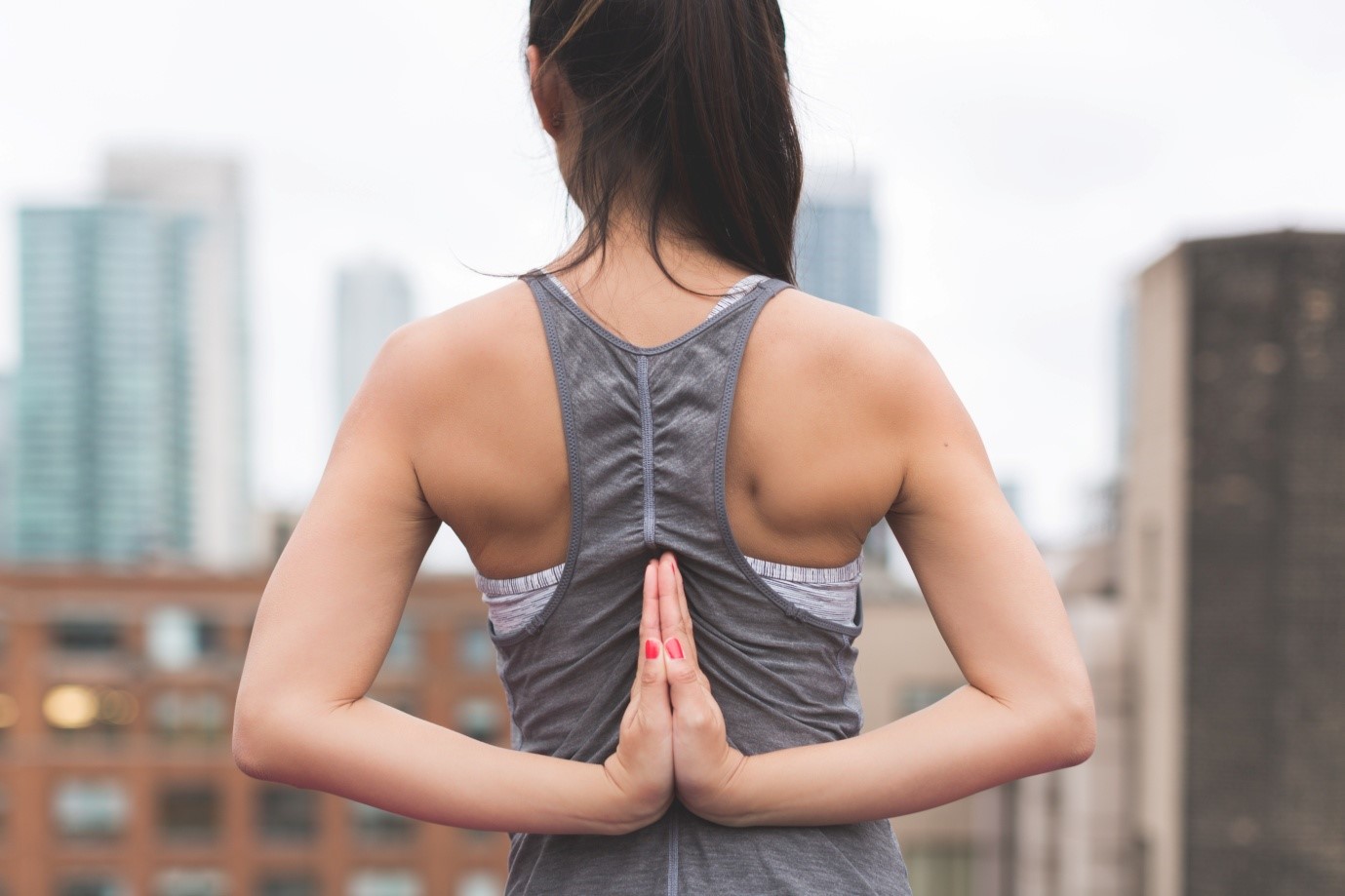
Upper back pain? How a musculoskeletal physio can help
How a musculoskeletal physio can help with upper back pain.
Pain in the upper back or between the shoulder blades, also known as pain in the thoracic spine region, is the slightly less common ugly cousin of lower back pain. Pain in the upper back can range from a dull ache to borderline debilitating pain that can affect the shoulders, neck and even the lower back.[1] Studies have shown that approximately 1 in 10 men and 1 in 5 women will suffer from upper back pain at some point in their lives.[2] The thoracic spine contains 12 vertebral segments and 12 pairs of ribs that attach to the spine at the back and front, forming the rib cage that protects the heart and lungs and provides the mechanics that are essential for breathing.
What causes upper back pain?
Modern lifestyles that include long periods of time sitting, slouching, looking at mobile phones, computers and certain sports can lead to stiffness and reduced movement, increasing the natural kyphosis (rounding curve) of your thoracic spine which can lead to injury and long term pain. Given that the root cause of your pain may be quite complicated, it is essential that a thorough body assessment is undertaken by your physiotherapist to ensure any underlying issues are identified. The most common causes of upper back pain include:
- Poor posture – commonly exacerbated by technology use or long periods of time studying[3]
- Conditions such as myofascial pain or osteoarthritis
- Injury or overuse of muscles and ligaments
- A herniated disc (rare) or degenerative joint disease (DJD)
- Repetitive strain injury (RSI)
Physiotherapy for upper back pain
Your Lane Cove physio is expertly trained in assessing all vertebra movements and analysing postural conditions. Your physio will undertake an assessment that will involve thoracic spine movements such as extensions, rotations, side bending and rib expansion. Other areas of assessment may include shoulder movements such as serving for volleyballers and stroke analysis for swimmers, neck movements and lumbar spine movements as well. Sitting and standing posture will also be assessed by your musculoskeletal physio. If there are other specific sports or work function positions that require assessing these should be assessed as well. The primary goal of physiotherapy is to restore normal function and improve your quality of life and mobility through two basic steps:
- Reducing pain and inflammation
- Inducing strength and flexibility
By utilising a combination of techniques such as mobilisation, deep tissue massage and other soft tissue techniques, dry needling, education, and exercise the physiotherapists at Lane Cove Physiotherapy work expertly to reduce your upper back pain and enhance your levels of mobility and flexibility.
Preventing upper back pain
Preventing every single cause of upper back pain may not be possible, but there are some basic steps you can take that may avoid some of the more common causes. These include:
- Taking regular breaks from sitting or lying down to stretch affected areas
- Avoiding spending too long looking down at your phone or computer
- Warming up the body before any strenuous activities or sports
- Avoiding excessive unaccustomed twisting or lifting with your back
- Have regular massage or physio to help work out the tension and reduce spasms
- Work with a musculoskeletal physio to strengthen weak muscles
- Being conscious of your posture at all times including walking upright and sitting correctly
Thoracic spine and upper back pain is a complex issue with many biological, muscular, joint and lifestyle factors contributing to the overall problem. By undertaking an in depth diagnosis and a comprehensive management program with your local physio it can be treated effectively and kept at bay to get you and back into the swing of daily life free of pain. At Lane Cove Physio we are experts in not only to reducing your discomfort and pain but also in developing a treatment plan to identify the root cause and working with you in the future.
[1] Theisen, Christina & Wagensveld, Ad & Timmesfeld, Nina & Efe, Turgay & J Heyse, Thomas & fuchs-winkelmann, Susanne & D Schofer, Markus. (2010). Co-occurence of outlet impimgement syndrome of the shoulder and restricted range of motion in the thoracic spine – a prospective study with ultrasound-based motion analysis. BMC musculoskeletal disorders. 11. 135. 10.1186/1471-2474-11-135.
[2] N. Fouquet, J. Bodin, A. Descatha, A. Petit, A. Ramond, C. Ha, Y. Roquelaure, Prevalence of thoracic spine pain in a surveillance network, Occupational Medicine, Volume 65, Issue 2, March 2015, Pages 122–125, https://doi.org/10.1093/occmed/kqu151
[3] Heneghan NR, Baker G, Thomas K, et al What is the effect of prolonged sitting and physical activity on thoracic spine mobility? An observational study of young adults in a UK university setting BMJ Open 2018;8:e019371. doi: 10.1136/bmjopen-2017-019371



